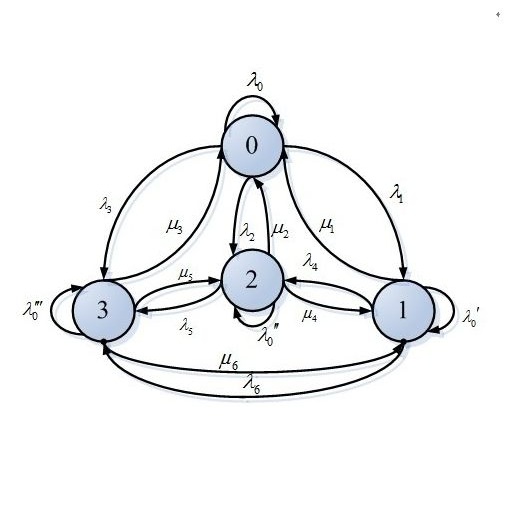Recent technology breakthrough in spatial molecular profiling has enabled the comprehensive molecular characterizations of single cells while preserving spatial information. It provides new opportunities to delineate how cells from different origins form tissues with distinctive structures and functions. One immediate question in analysis of spatial molecular profiling data is how to identify spatially variable genes. Most of the current methods build upon the geostatistical model with a Gaussian process that relies on selecting ad hoc kernels to account for spatial expression patterns. To overcome this potential challenge and capture more types of spatial patterns, we introduce a Bayesian approach to identify spatially variable genes via Ising model. The key idea is to use the energy interaction parameter of the Ising model to characterize spatial expression patterns. We use auxiliary variable Markov chain Monte Carlo algorithms to sample from the posterior distribution with an intractable normalizing constant in the Ising model. Simulation results show that our energy-based modeling approach led to higher accuracy in detecting spatially variable genes than those kernel-based methods. Applying our method to two real spatial transcriptomics datasets, we discovered novel spatial patterns that shed light on the biological mechanisms. The proposed method presents a new perspective for analyzing spatial transcriptomics data.
翻译:空间分子特征分析数据分析的一个直接问题是,如何确定空间分子特征数据。目前的方法大多以地理统计模型为基础,以高斯进程为基础,依靠选择特别的内核来计算空间表达模式。为了克服这一潜在挑战并捕捉更多的空间模式,我们采用了贝叶西亚方法,通过Ising模型来识别空间可变基因。关键的想法是使用Ising模型的能量互动参数来描述空间表达模式。我们使用辅助变量Markov链 Monte Carlo 算法从后座分布样本中取样,在Ising模型中采用固定的常态。模拟结果显示,我们的能源建模方法导致在探测空间可变基因方面比这些内核方法更精确。我们的方法适用于两个真实的空间可变基因数据集。我们发现了新的空间互动参数,以空间可变可变基因模型来描述空间表达空间表达模式模式的特征。我们用新的空间可变数模式在生物模型上展示了光光分析方法。





